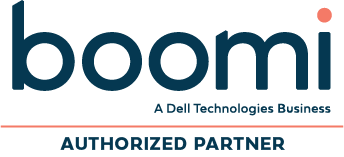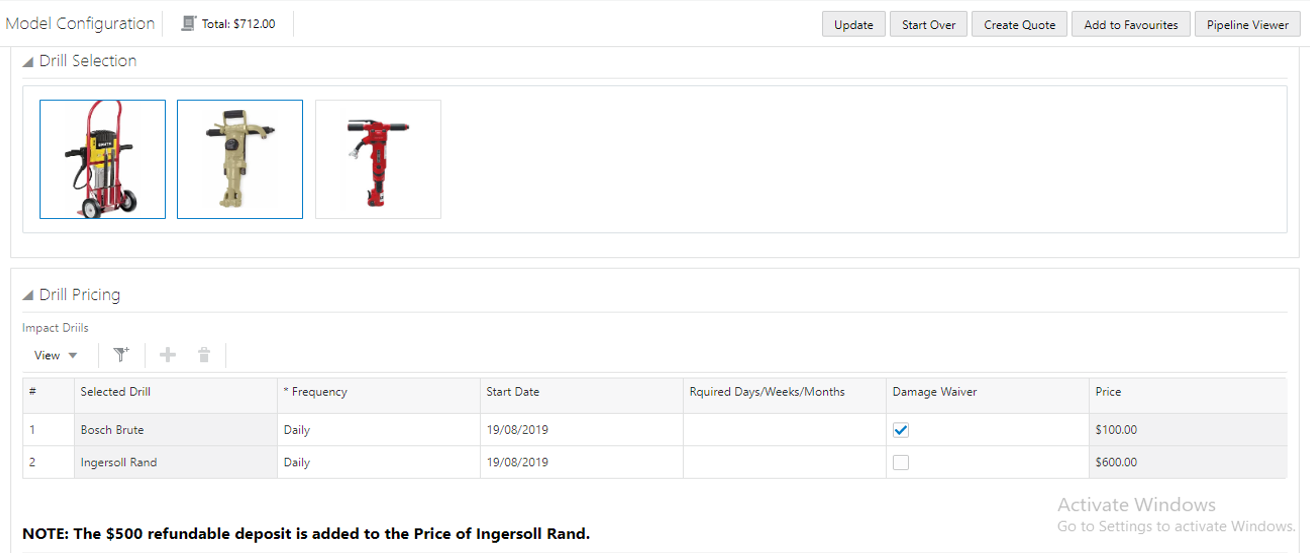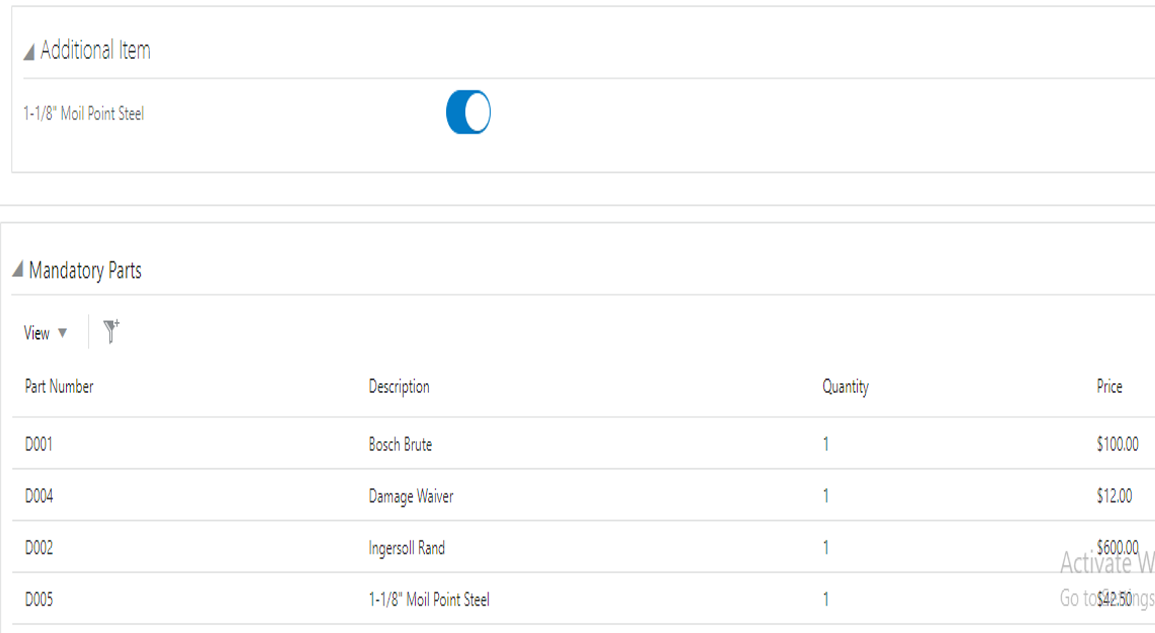Integrations: It’s Not Magic!
Its Planning and Proven Methodologies
Over the course of the past few weeks, we have been taking a deep dive into the world of Integrations. First, we discussed what it means to integrate your applications. Then, we took a look at the major benefits of an integration.
At this point, you know you want your company to be more efficient, your employees more productive and happy, your customers satisfied, and your ability to innovate maximized. But, how exactly do you get there? What do you need to consider before starting your integration and what are the different methods to make it happen?
Planning
First, let’s discuss the questions you need to ask yourself:
1. Are you ready for integration and what strategy should you use?
We’ll go into more detail on this below in the methods section, but the key point here is to avoid forcing a strategy on your company that simply won’t work. Your IT department or vendor will first help you determine if your infrastructure is ready for integration. It will need to be able to handle data, application, business-to-business, cloud and legacy connections.
2. What applications do you want to integrate and what software do you need?
As you know, companies of all sizes are adopting Software as a Service (SaaS) solutions to run their operations. These cloud-based solutions tend to make life a lot easier for the companies using them and the vast majority make their APIs public, which will make integration much easier.
Many applications have their APIs set up to make communication with other applications simple. The problem is that you have to build a way to make those applications talk to each other. This is where an Integration Platform as a Service (iPaaS) comes in. An iPaaS solution finds the best way to connect different software — basically the glue that holds everything together. Work with your integration partner to determine the right iPaaS tool for you.
3. What kind of data do you need to integrate?
Data can be anything—numbers, people, companies, orders, products, and more! When setting up your integration, you have to determine what databases you need to combine. Each of these databases can label data differently. One department may label clients as “clients,” while another might label them as “companies” or “customers.”
When you and your partner identify similar data sets that need to be in more than one location, you can begin integration. Over time, having data for the same element (like a client) in different applications will give you the ability to view the data from a holistic perspective. Do make sure that one application is designated as the ‘source of truth’ for any given piece of data.
4. How is the integration going to affect present and future processes?
Your integration partner will need to have a complete understanding of your IT landscape before the integration actually begins. If your various applications and databases are disjointed, it could spell disaster once the integration takes place. Make sure your integration implementation plan is well-aligned in order to minimize any effect on your processes.
Furthermore, this process is not a one-off event. You need to consider how scalable you want your business and IT ecosystem to be. As such, go for an integration plan that offers versatility, flexibility, and plenty of ways to upgrade down the line. This will protect you from unforeseen issues in the future.
Methodologies
Now that you and your partner have solidified what you need, it’s time to determine how you’re going to make the integration happen. This is not as easy as it sounds. It’s imperative that you understand which systems you’re integrating, their data locations, and how they’re going to interact with each other. Doing this will make things go very, very smoothly.
There are four dominant methodologies used in system integration:
1. Point-to-point integration
This is a basic integration. With this method, systems are integrated with each other on a 1:1 basis. In other words, one system is connected with one other system. The more systems you have, the more connections you need to make. This can quickly become unmanageable if you continue to use point-to-point integrations.
2. Vertical Integration
This method is unique due to the structure that is formed. Each sub-system in a vertical integration is linked to another based on how similar their functions are. This creates a hierarchy in which the bottom function is the most basic and the top are more complex. This is a fairly simple method of integration and can handle more systems than point-to-point, but it is not very flexible. Adding new functionality means having to add more hierarchies, which can become difficult to manage over time.
3. Star Integration
Star integration involves creating a collection of point-to-point integrations. In simpler terms, you’re putting together a large set of basic connections. Each point is connected to another; each system is connected to each subsystem. This can make a traditionally tidy IT infrastructure very complex and messy. Yes, it provides significantly better reusability than point-to-point integration, but managing this type of integration is demanding.
4. Horizontal Integration
This method achieves integration by using one specialized subsystem as a common point to link all other subsystems. Here, the number of connections needed to integrate is reduced because the systems are not directly interconnected—they’re connected indirectly through a hub and spoke model.
Horizontal integration is advantageous because it reduces the number of connections needed for functionality and any changes can be done once for multiple connections. In turn, this reduces time, money, and effort spent on maintaining the integrations.
This post was originally published by CTR. CTR was acquired by AST in January 2023.


